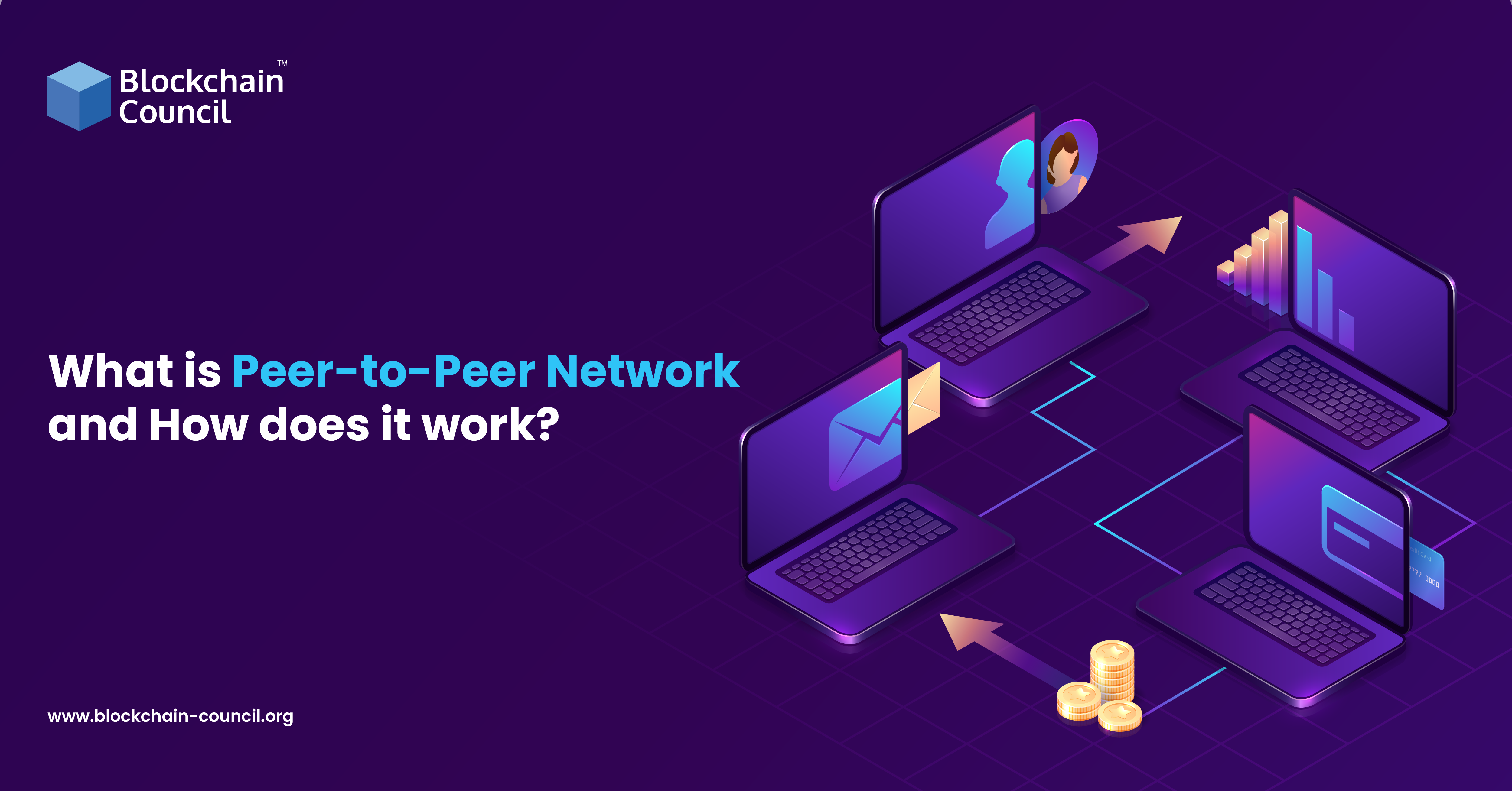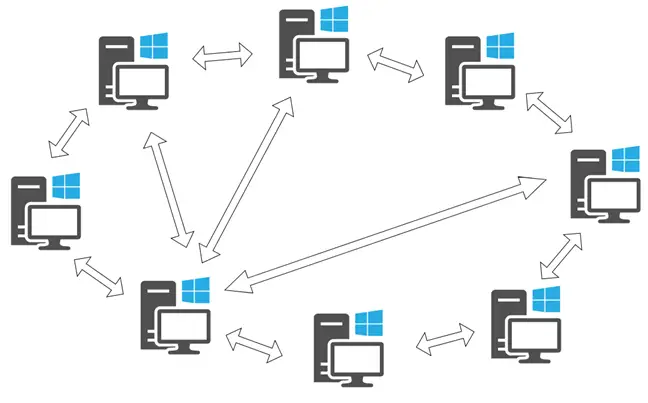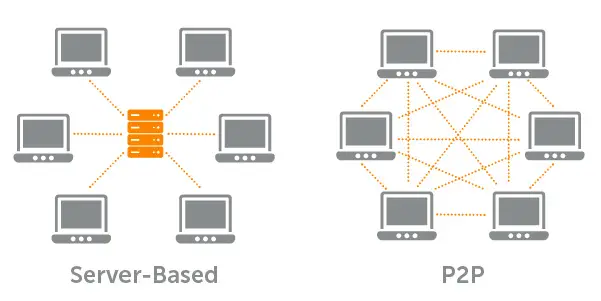Peer-to-Peer Programming Problems: Creating Effective P2P Networks

Peer-to-peer (P2P) networks allow devices to communicate and share resources directly with each other without relying on a central server. This decentralized architecture offers various advantages, including increased resilience, scalability, and efficiency. However, developing effective P2P networks presents programmers with several unique challenges:

-
Node Discovery: A critical aspect of P2P networks is enabling nodes to discover each other to establish connections. This becomes challenging when the network size grows large and nodes join and leave dynamically. Programmers must implement efficient node discovery mechanisms to facilitate seamless communication.

-
Resource Management: In P2P networks, resources are distributed across multiple nodes. Programmers need to develop effective algorithms for resource allocation and retrieval to ensure fair and optimal resource utilization. This involves balancing factors such as load balancing and local resource availability.
-
Fault Tolerance: P2P networks are inherently prone to node failures and network disruptions. Programmers must design P2P systems to be robust and fault-tolerant. This requires implementing mechanisms for handling failed nodes, recovering lost data, and rerouting traffic.
-
Security Concerns: Decentralized P2P networks create unique security challenges. Malicious actors can attempt to compromise the network or individual nodes. Programmers must implement robust security measures, such as encryption, authentication protocols, and intrusion detection systems, to prevent unauthorized access and protect network resources.
-
Protocol Design: P2P networks rely on well-defined protocols for communication and data transfer. Programmers need to carefully design efficient and scalable protocols that optimize network performance and minimize latency. This involves designing message formats, routing algorithms, and congestion control mechanisms.
-
Performance Optimization: P2P networks should perform efficiently even with large numbers of nodes and high traffic loads. Programmers need to optimize the implementation of P2P applications by focusing on efficient resource management, network topology optimization, and minimizing overheads.
Addressing these challenges requires careful planning, algorithm design, and implementation techniques. By overcoming these hurdles, programmers can create effective P2P networks that offer significant advantages in terms of decentralization, resilience, and scalability.
